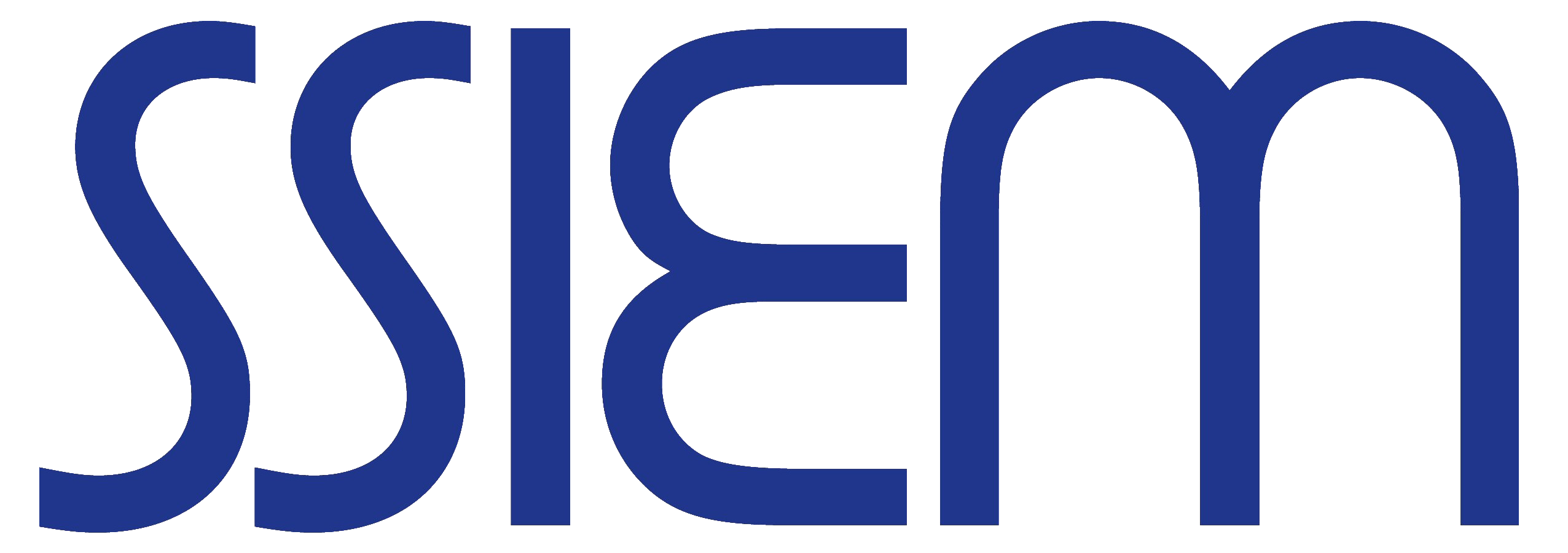MH is the 1st child to non-consanguineous Asian parents. He presented at the age of 8 weeks with respiratory difficulties, and encephalopathy. On investigation he had a respiratory alkalosis, and hyperammonaemia (355µmol/l).
The results of plasma quantitative amino acids were as follows:

Comment: The abnormalities in the amino acid profile are marked. There are low concentrations of plasma ornithine, citrulline whereas plasma proline and glutamine are raised
The blood ammonia fell rapidly to normal with intravenous treatment with arginine, sodium benzoate and phenylbutyrate. He was then continued on oral sodium benzoate and arginine medication. 2 weeks later the blood ammonia was again normal; plasma amino acids were as follows:

On repeat urine analysis there was neither orotic acid nor homocitrulline in his urine.
Comment: The raised blood ammonia and plasma glutamine in the original sample are consistent with a disorder of the urea cycle. The second sample, however, shows a marked increase in plasma ornithine. Hyperammonaemia and hyperornithinaemia is found in HHH (Hyperornithinaemia, hyperammonaemia, homocitrullinuria) syndrome a disorder caused by mutations in SLC25A15, the gene that encodes ORNT1 (mitochondrial ornithine transporter 1) but, in this infant, no homocitrulline was found in the urine. Furthermore, in the second sample the ornithine level is high. These results are more likely to indicate ornithine amino transferase (OAT) deficiency. This diagnosis can be confirmed by measuring OAT activity in cultured skin fibroblasts and by OAT mutation studies.
This child was later confirmed to have ornithine aminotransferase deficiency.
References 26 and 27 will help you understand the complexities of this case.
Comment: Outside early infancy OAT functions to convert ornithine to pyrroline-5-carboxylate (which subsequently can form proline and glutamate). In newborn infants, however, the flux through this pathway may be reversed – with OAT functioning to synthesise ornithine. Deficiency of this enzyme can then results in dysfunction of the urea cycle due to a lack of ornithine and hence hyperammonaemia.
Learning objectives:
